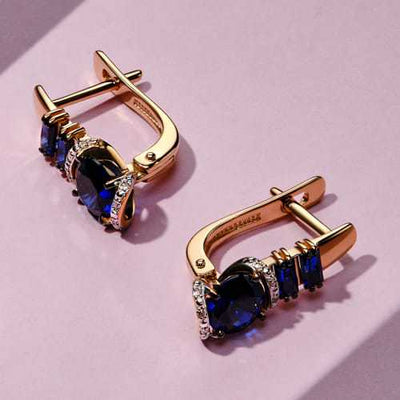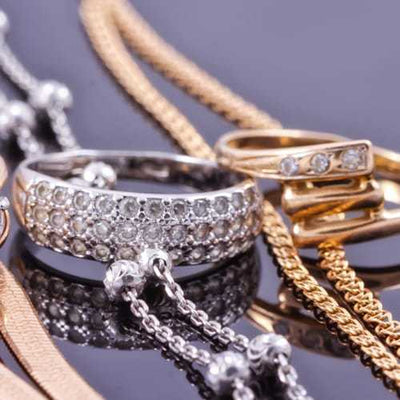A Brief History of Pearls
Since the fashions of Cleopatra, pearls have always been a status symbol. Today, they are considered a more affordable option for high-end accessories, but, back then, pearls carried more wealth than gold. So much, that the Queen of the Nile supposedly crushed a pearl into a glass of wine to prove to Marc Antony that not only could she sponsor the most expensive dinner party in all of the Empire, but also consume a nation's wealth. She knew how much the Roman Empire coveted pearls, and one can imagine Marc Antony's dismay at such a display. It definitely gives new meaning to the flapper-poet Dorothy Parker's famous bon mot "pearls before swine."
But Rome did fancy pearls just as much as Egypt, since around 5th century BC, and bestowed on them the nickname "Queen of Gems." In addition to the Cleopatra legend, there are also stories told of generals offsetting military campaign costs with pearl strand heirlooms, and their military history is punctuated with quests for finding (and pillaging) new territories rich with the gems.
The Romans were not the only civilization fascinated with these Queen Gems. While the first oyster beds were found in the Persian Gulf, fruitful harvests began to be discovered in the India and Red Seas. In Hindu, Islamic, and Christian rituals, pearls are often used as adornment to signify virtue. As the New World was discovered, and so were the oyster beds of Central and South America, pearls became the exotic import donned by European royalty and solidified the Queen-Gem as the ultimate status symbol, so much that it was illegal at one point for anyone other than nobility to don them.
But just like with anything popular from the sea, oysters were being harvested quicker than they could be replenished, and by the end of the 17th century, the Americas' oyster populations became scarce, furthering their worth and availability to the rich.
However, ingenuity stuck in Japan at the turn of the twentieth century when Kōkichi Mikimoto realized man could manipulate nature and harvest his own pearls. The iridescent gem is produced underwater when a grain of sand enters the oyster body, and as a protectant, the oyster produces layers of nacre around the debris for years. These layers become the pearl. What Kōkichi Mikimoto realized was that man could inject the oyster with an irritant and cultivate the pearls in a controlled environment. This revolutionized pearl production, and in doing so, made the Queen of Gems affordable and accessible to anyone who wished to possess them, so now when we think of pearls we not only think of stylish women born to power and wealth, but of the glamorous working class like Audrey Hepburn's Holly Golightly in Breakfast at Tiffany's.
Owning a piece of cultured glamour without the natural pearl price is easy at Noe's Jewelry. If the standard ivory color is too pale for your style, there are freshwater dyed strand necklaces available in every color in the spectrum. If it is just a simple, everyday statement piece you are seeking, pearls paired with more organic materials and modern design like this Ladies 8 Inch Pearl And Wood Bracelet will be sure to catch the eye. If you want to keep it classic, a pair of these freshwater pearl studs, both traditional white or colored, will add flair to any outfit, regardless of occasion. And if you are just unsure what pearl is right for you, stop by Noe's Jewelry for a consultation to find your own Queen of the Gem and reign over your own glamorous empire.




